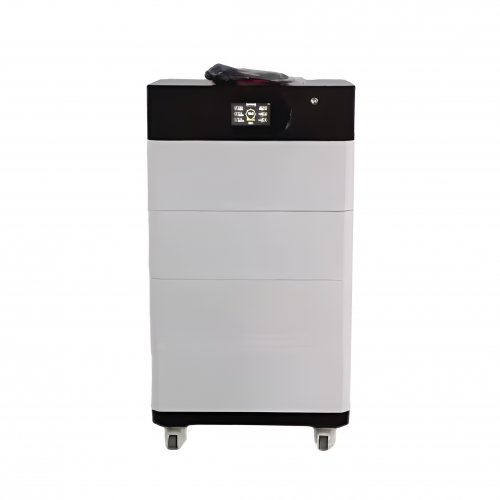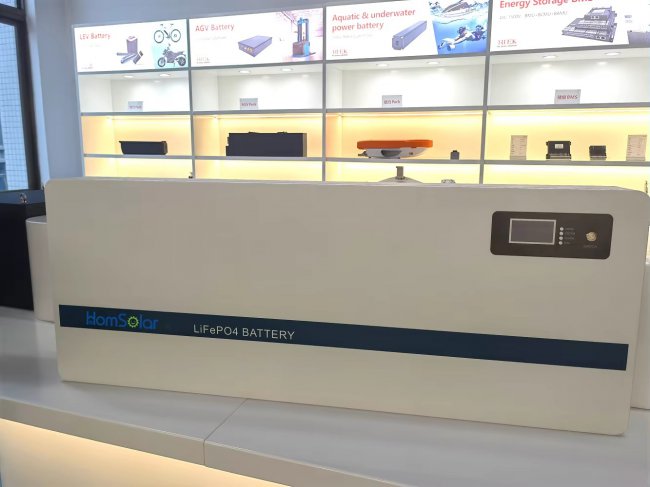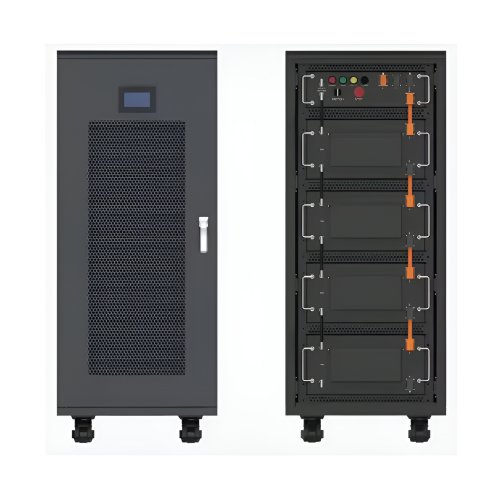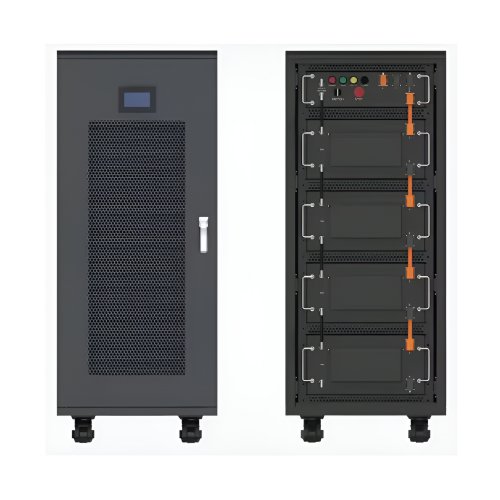How To Use Charging Guidelines: Maximizing Battery Health And Device Longevity
Proper charging practices are fundamental to maintaining the health, performance, and longevity of your electronic devices' batteries. Whether you own a smartphone, laptop, tablet, or wireless earbuds, adhering to informed charging guidelines can significantly impact how long your device remains functional on a single charge and its overall lifespan. This guide provides a comprehensive overview of the steps, techniques, and critical precautions to optimize your charging routine.
Understanding Battery Basics: Lithium-Ion Technology
Most modern devices use Lithium-ion (Li-ion) batteries. Unlike older battery technologies, Li-ion batteries do not have a "memory effect" and are happiest when kept between 20% and 80% charge. They degrade faster when consistently subjected to extreme states—either fully drained to 0% or charged to 100% for prolonged periods. The primary enemy of Li-ion batteries is heat, which is often generated during the charging process itself, especially with fast charging.
Step-by-Step Charging Procedure
1. Use the Official Charger and Cable: Always prioritize using the manufacturer-provided charging adapter and cable. These are specifically engineered to deliver the correct voltage and current for your device. Third-party, uncertified chargers may not regulate power correctly, leading to potential overheating, slower charging speeds, or even long-term damage.
2. Inspect Your Equipment: Before plugging in, visually check the cable for any fraying, kinks, or damage. Examine the charging port on your device for accumulated lint, dust, or debris, which can obstruct the connection and cause overheating. Gently clean the port with a dry, soft brush or compressed air if necessary.
3. Connect to a Power Source: Plug the charger into a wall outlet before connecting it to your device. This is safer than connecting the cable to the device first and then to the outlet, as it avoids potential power surges.
4. Initiate Charging: Connect the cable to your device. Most devices will provide an audible or visual indicator (like a charging symbol or sound) to confirm that charging has begun.
5. Monitor During Charging: While it's generally safe to leave your device charging unattended, avoid doing so on flammable surfaces like beds, sofas, or under pillows. If you notice the device becoming excessively hot, unplug it immediately and allow it to cool down.
6. Disconnect at Optimal Level: For daily use, aim to unplug your device once it reaches around 80-90%. You do not need to charge it to 100% every time. For long-term storage, the ideal charge level is approximately 50%.
Practical Tips and Techniques for Optimal Battery HealthEmbrace Partial Top-Ups: Instead of performing one full charge cycle (0% to 100%) daily, charge your device in smaller bursts throughout the day. Going from 40% to 70% multiple times is far less stressful on the battery than a full cycle.Enable Optimized Charging Features: Both iOS and Android offer built-in battery management features. Apple's "Optimized Battery Charging" and Android's "Adaptive Charging" learn your daily routine and finish charging past 80% only just before you typically wake up, reducing the time the battery spends at full capacity.Avoid Extreme Temperatures: Never charge your device in direct sunlight or in a hot car. Similarly, charging in very cold conditions can be detrimental. The ideal ambient temperature for charging is between 32°F and 95°F (0°C and 35°C).Manage Background Activity: Charging generates heat, and so do processor-intensive tasks. Avoid gaming, video editing, or using GPS navigation while charging, as the combined heat from these activities and the charging process can accelerate battery degradation.Unplug Once Charged: There is no need to leave your device plugged in overnight regularly. While modern devices and chips are designed to stop charging at 100%, the phone will naturally drain a few percentage points and then trickle-charge back to 100%, creating minor stress cycles throughout the night.
Essential Safety Warnings and PrecautionsBeware of Heat: Heat is the battery's number one enemy. If your device becomes uncomfortably hot to the touch while charging, stop immediately. This is a clear sign of a problem with the charger, cable, battery, or power source.Never Use Damaged Equipment: A frayed cable or a cracked charging brick is not just an inconvenience; it is a fire and electrocution hazard. Replace damaged components immediately with certified products.Avoid Wireless Charging Overnight: While convenient, wireless chargers generate significantly more heat than wired charging due to energy loss through electromagnetic induction. Overnight wireless charging can lead to prolonged heat exposure.Be Cautious with Power Banks: Use reputable, high-quality power banks. Low-quality models may have poor voltage regulation. Avoid charging the power bank and your device simultaneously in a confined space (like a backpack), as this can trap a dangerous amount of heat.Long-Term Storage: If you plan to store a device for several months, do not leave it fully charged or fully depleted. Charge it to around 50%, power it down completely, and store it in a cool, dry place.
By integrating these charging guidelines into your daily habits, you transition from simply powering your device to actively preserving it. This proactive approach maximizes your battery's lifespan, ensures safer operation, and maintains your device's performance for years to come, ultimately providing better value and a more reliable user experience.
Customized/OEM/ODM Service
HomSolar Supports Lifepo4 battery pack customization/OEM/ODM service, welcome to contact us and tell us your needs.


HomSolar: Your One-stop LiFePO4 Battery Pack & ESS Solution Manufacturer
Our line of LiFePO4 (LFP) batteries offer a solution to demanding applications that require a lighter weight, longer life, and higher capacity battery. Features include advanced battery management systems (BMS), Bluetooth® communication and active intelligent monitoring.

Customised Lithium Iron Phosphate Battery Casing
ABS plastic housing, aluminium housing, stainless steel housing and iron housing are available, and can also be designed and customised according to your needs.

HomSolar Smart BMS
Intelligent Battery Management System for HomSolar Energy Storage System. Bluetooth, temperature sensor, LCD display, CAN interface, UART interface also available.


Terminals & Plugs Can Be Customized
A wide range of terminals and plugs can be customised to suit the application needs of your battery products.

Well-designed Solutions for Energy Storage Systems
We will design the perfect energy storage system solution according to your needs, so that you can easily solve the specific industry applications of battery products.



About Our Battery Cells
Our energy storage system products use brand new grade A LiFePO4 cells with a battery lifespan of more than 4,000 charge/discharge cycles.



Applications in Different Industries
We supply customized & OEM battery pack, assemble cells with wiring, fuse and plastic cover, all the cell wires connected to PCB plug or built BMS.
Applications: E-bike, Electric Scooter, Golf Carts, RV, Electric Wheelchair, Electric Tools, Robot Cleaner, Robot Sweeper, Solar Energy Storage System, Emergency Light, Solar Power Light, Medical Equipment, UPS Backup Power Supply.
We can provide you with customized services. We have the ability to provide a vertical supply chain, from single cells to pack/module and to a complete power solution with BMS, etc.


HomSolar (Shenzhen) Technology Co., Ltd
























